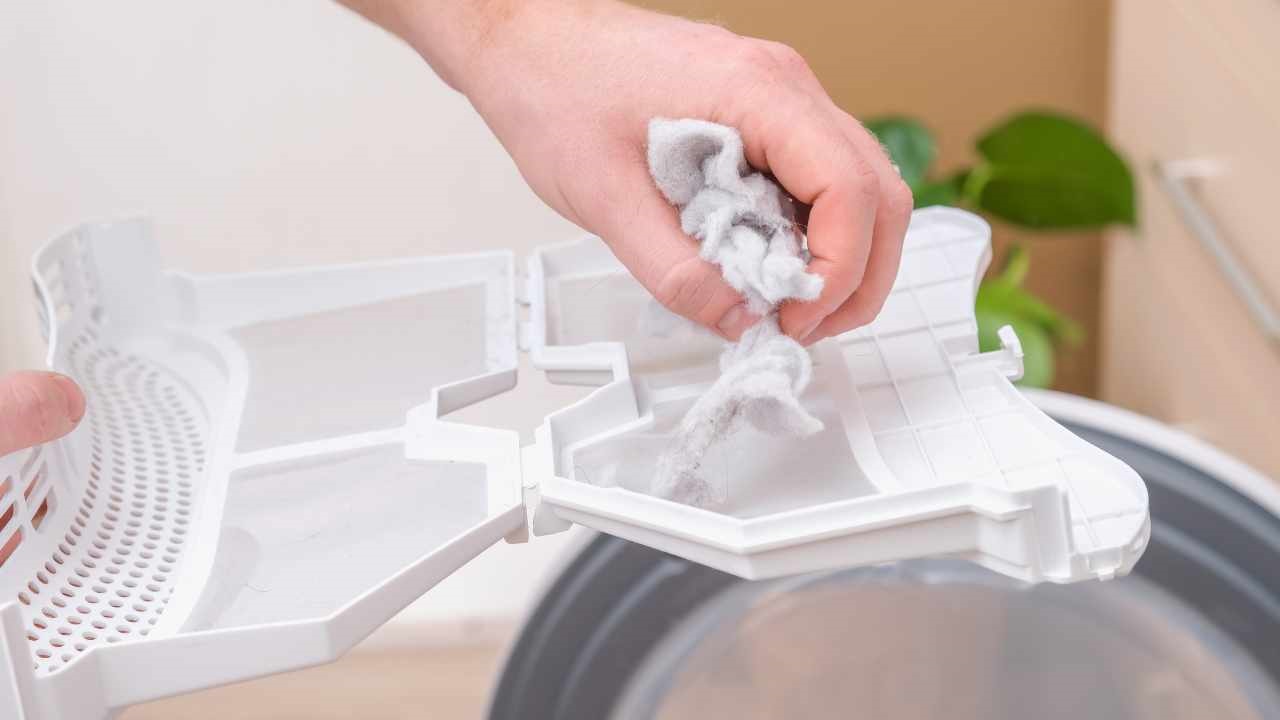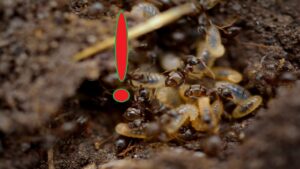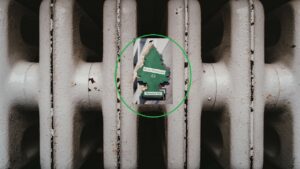Does the Dryer Produce a Lot of Lint? The Reason and How You Can Reuse It
Certainly, the dryer is a handy home gadget. Of course, just like the microwave oven, it is not strictly essential. However, it is still useful—especially during humid winters when laundry piles up. Yet, dryer users often grapple with a common issue: lint. Instead of tossing it, get creative. Recycle that lint! There’s potential in what might seem like waste. So, next time you clean out the dryer, think about how to turn that fluff into something imaginative.
How to recycle dryer lint?

As we keep using the dryer, it naturally accumulates more lint. Items like sweaters, towels, and various fabrics release lint during drying. While dryers have a dedicated filter, it’s crucial to clean it regularly (a bit like we clean the washing machine filter). Since it is not possible to avoid the formation of this fluff, you might as well learn how to recycle it:
- Stuffing stuffed toys or cushions: revive them by using dryer lint as stuffing. Instead of spending money on replacements, simply fill them with the lint you’ve collected.

- Transform dryer lint into a kid-friendly modeling clay, a unique twist on the traditional salt dough. While resembling papier-mâché, the process is simple: wet the fluff, mix in some vinyl glue, and you’re ready.
- Keep it aside and use it to absorb the oil when it accidentally falls on the floor. This is because it is ideal for such a task.
- You can also use dryer lint as a fire starter for stoves or fireplaces. Its high flammability makes it effective. Simply place it inside the cardboard roll from used toilet paper, seal the ends, and toss it into the fire when lighting it.
- Protect plants from the cold: it practically acts as mulch.

- Compost: You can use the fluff derived from natural fibers to enrich the plant soil as if it composted. But be careful: only that of natural fibers.
- Protect objects: useful during removals to put in boxes to protect fragile objects from impacts.





